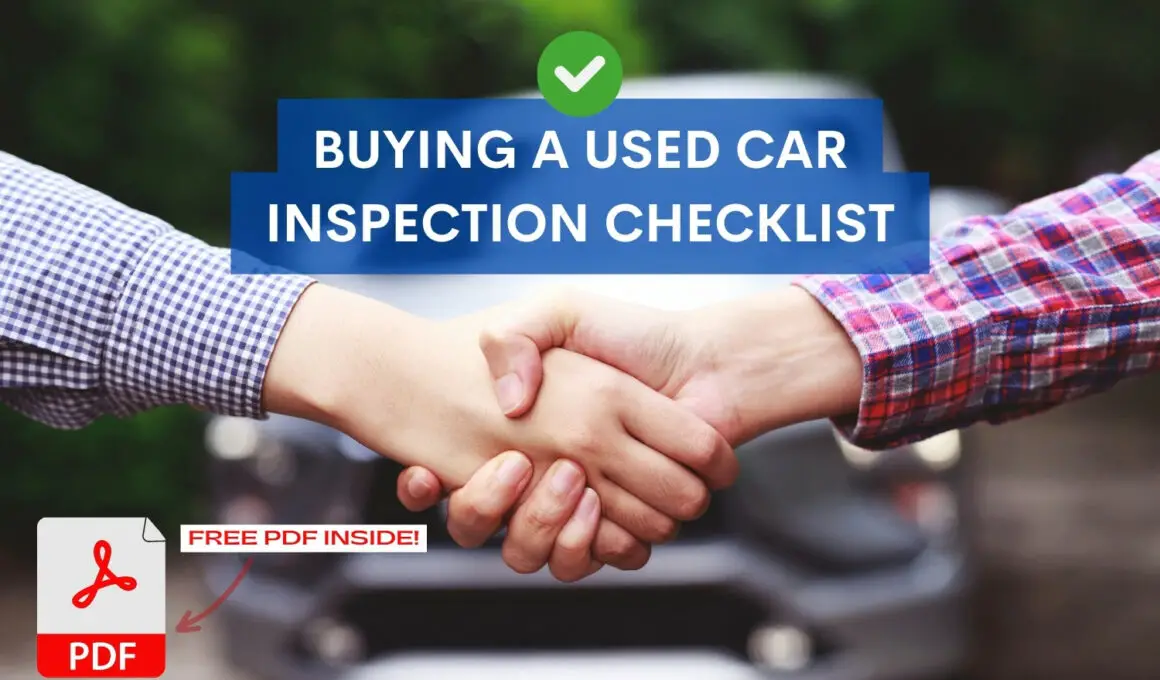

Welcome to our comprehensive guide on inspecting a used car before purchase. With over 13 years of hands-on experience as a mechanic and multiple years spent educating consumers through blog posts, I understand the significance of this process better than most.
This knowledge has given me a clear perspective on the value of conducting a thorough check before buying any used vehicle.
When purchasing a pre-owned car, you don’t just buy a means of transport; you invest in peace of mind. The joy of getting a new set of wheels should not be dampened by unexpected repair costs or safety issues that arise due to a lack of careful inspection.
In this detailed guide, we will look at the different aspects of car inspection – starting from initial considerations before inspection, progressing to the exterior and interior inspections, engine condition, test drive, and the importance of professional inspections.
So, fasten your seatbelts as we dive into the world of used car inspections, making sure you get the best value for your money.
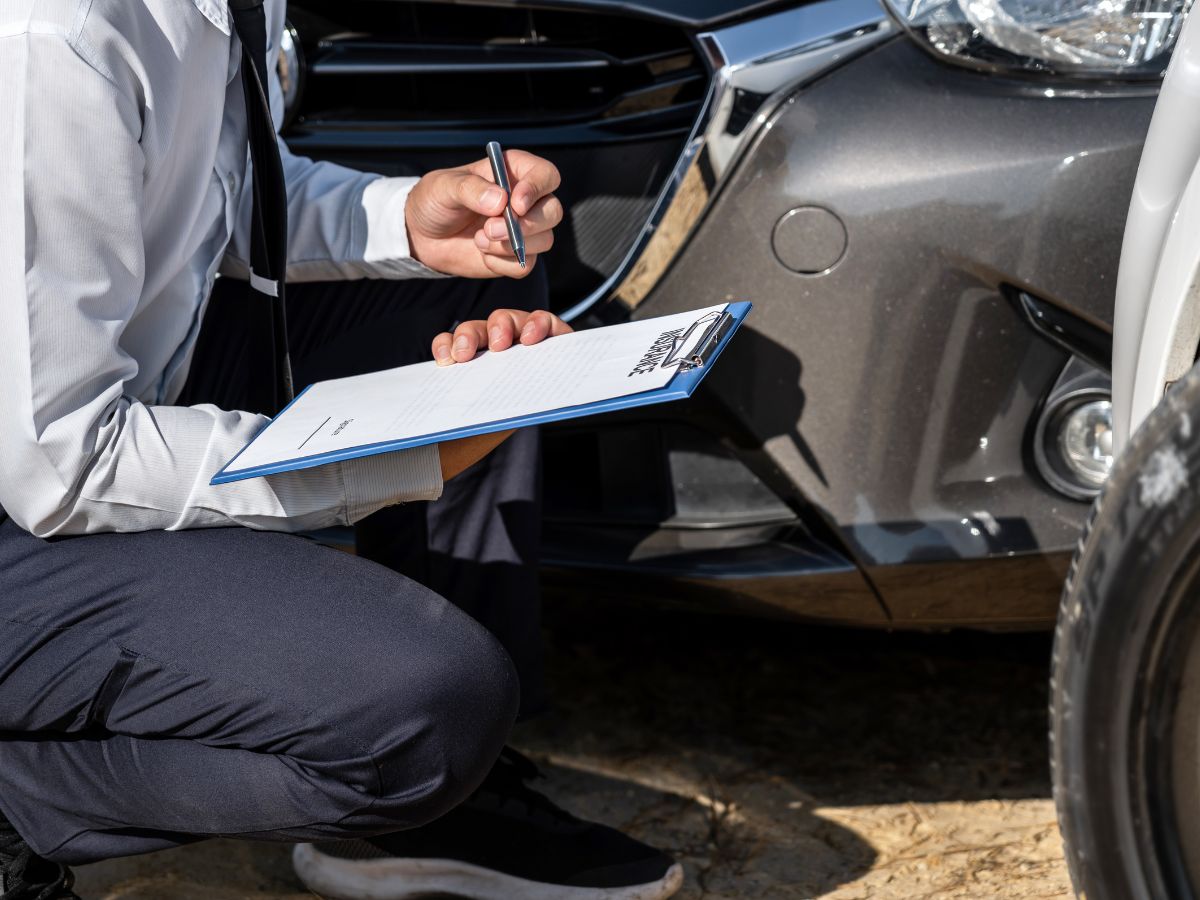
Before you roll up your sleeves to physically inspect a used car, a few crucial steps must be taken. These will provide you with valuable preliminary information about the vehicle in question.
This is arguably the most crucial factor to consider. A vehicle’s history report can offer insight into previous accidents, service history, and title status. Services like CarFax or AutoCheck can provide you with this information.
Every car has a unique Vehicle Identification Number (VIN). By checking the VIN, you can verify the information provided by the seller against the vehicle history report. It also helps to confirm if the car has been stolen.
Prepare a list of questions to ask the seller. These should include queries about the car’s ownership history, reasons for selling, existing mechanical problems, and service history. Honest answers to these questions can provide a clearer picture of the car’s condition and suitability for your needs.
Remember, the more information you have before the inspection, the better. This preliminary research can save you a lot of time and effort, and potentially avoid a regrettable purchase.
The pre-inspection phase can also empower you during the negotiation process, as you will be well-informed about the car’s history and potential issues.
After checking the vehicle’s history and making preliminary inquiries, it’s time to physically inspect the car. Start with the exterior, as it often reflects how well the car has been maintained.

Look for signs of rust, dents, and scratches. Pay special attention to the paint job. Mismatched colors or uneven paint could indicate prior accidents and subsequent repairs. Use a small magnet (wrapped in cloth to avoid scratching the paint) to check for body filler, which can be used to hide significant damage.
Inspect all windows, headlights, and tail lights for cracks or other damage. Ensure that all lights are functioning correctly. This includes brake lights, turn signals, and fog lights if the car has them.
Check the tires for wear and tear. Uneven tire wear could signal alignment or suspension issues. Also, ensure all tires are of the same make and model – different tires might suggest that the previous owner didn’t maintain the car well.
Check the underbody of the car for signs of rust, corrosion, or damage. Look for any fluid leaks, especially around the engine and transmission area.
The exterior condition of a car can reveal a great deal about its overall health and the care it has received in the past. In the next section, we’ll shift our focus to the interior of the car, examining everything from upholstery condition to the functionality of dashboard lights.
While a car’s exterior may first catch your eye, the interior is where you’ll be spending most of your time. It is, therefore, equally essential to assess.
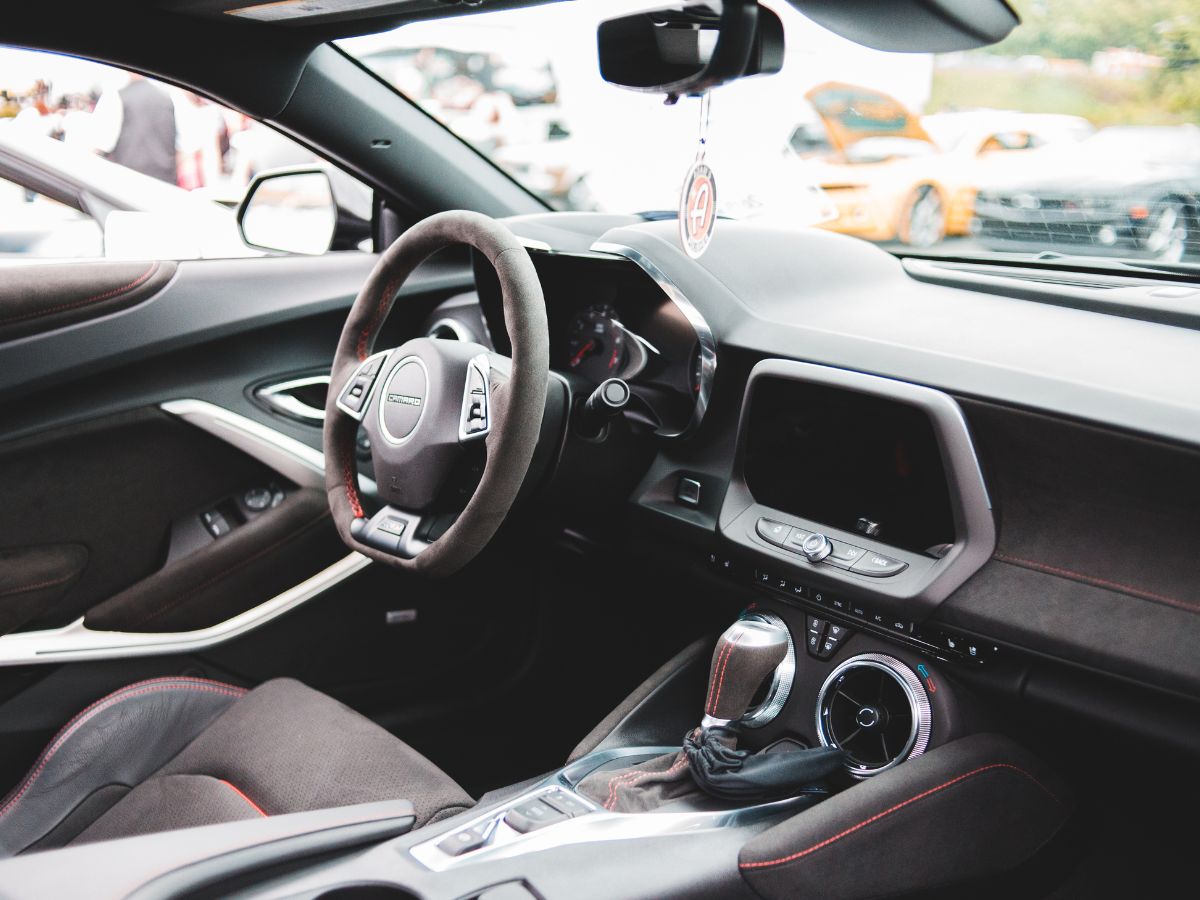
Look for tears, stains, or other signs of wear in the upholstery. Inspect the condition of the seats, making sure they adjust correctly and are comfortable. Don’t forget to check the condition of seatbelts too.
Test every button, knob, and switch inside the car. This includes the air conditioning, heater, windows, locks, audio system, and sunroof if applicable. Make sure they all work as expected.
A car’s smell can indicate various issues. Mustiness may suggest water leaks, while a strong smell of air fresheners could be used to hide something. A burned oil smell could indicate mechanical issues.
When you start the car, the dashboard should light up, and then most of the indicator lights should go off when the engine starts running. If any lights remain, it might indicate a problem.
Inspecting the interior helps determine the car’s comfort and functionality, contributing to a pleasurable driving experience.
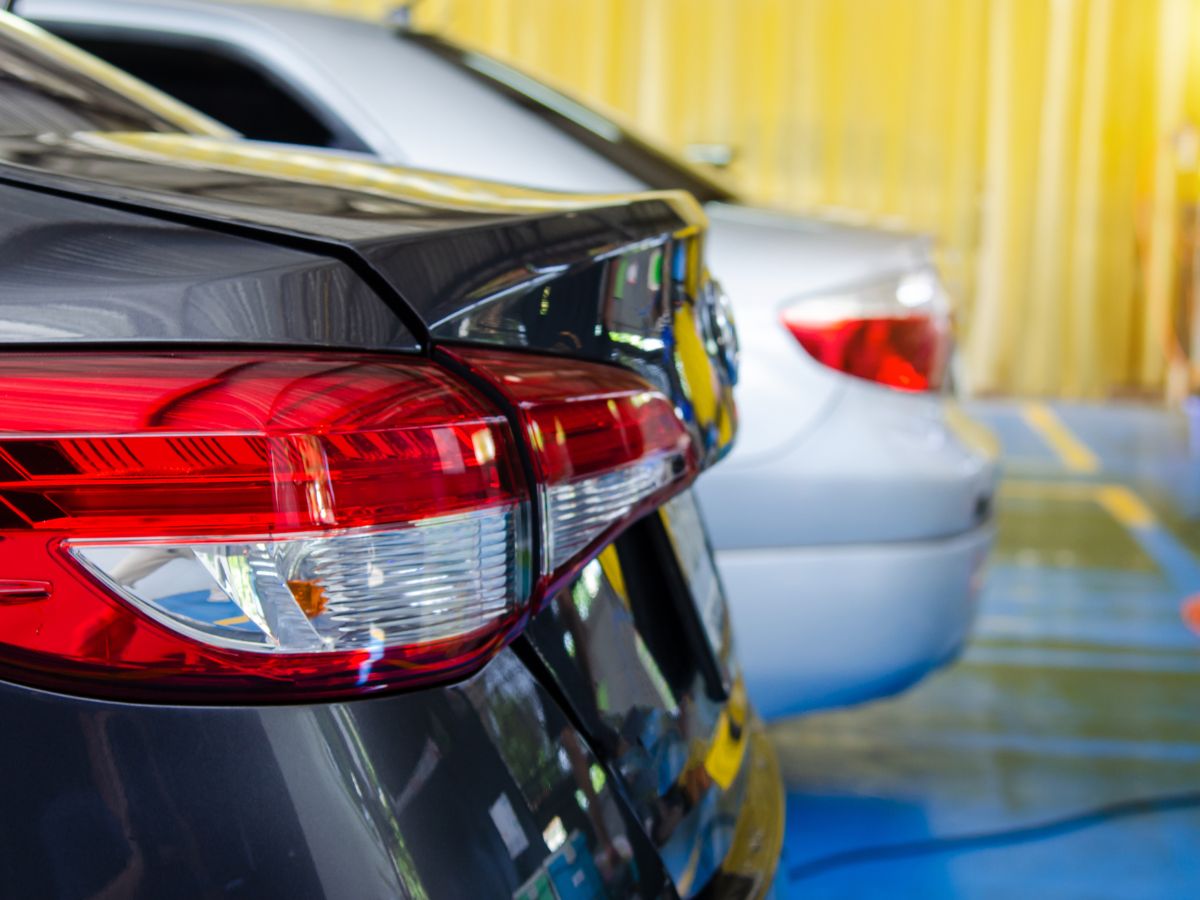
The engine is the heart of any vehicle. Its condition directly affects the car’s performance, reliability, and lifespan. Here are the key components to check:
Look for visible signs of oil leaks around the engine. Examine the overall cleanliness and condition of the engine. A dirty engine could suggest neglect.
Check the belts for any signs of wear, such as cracking or glazing. The hoses should not be soft or brittle. Faulty belts and hoses can lead to major engine problems.
Inspect the battery for any signs of corrosion or damage. If it’s an old battery, you might need to replace it soon after purchase.
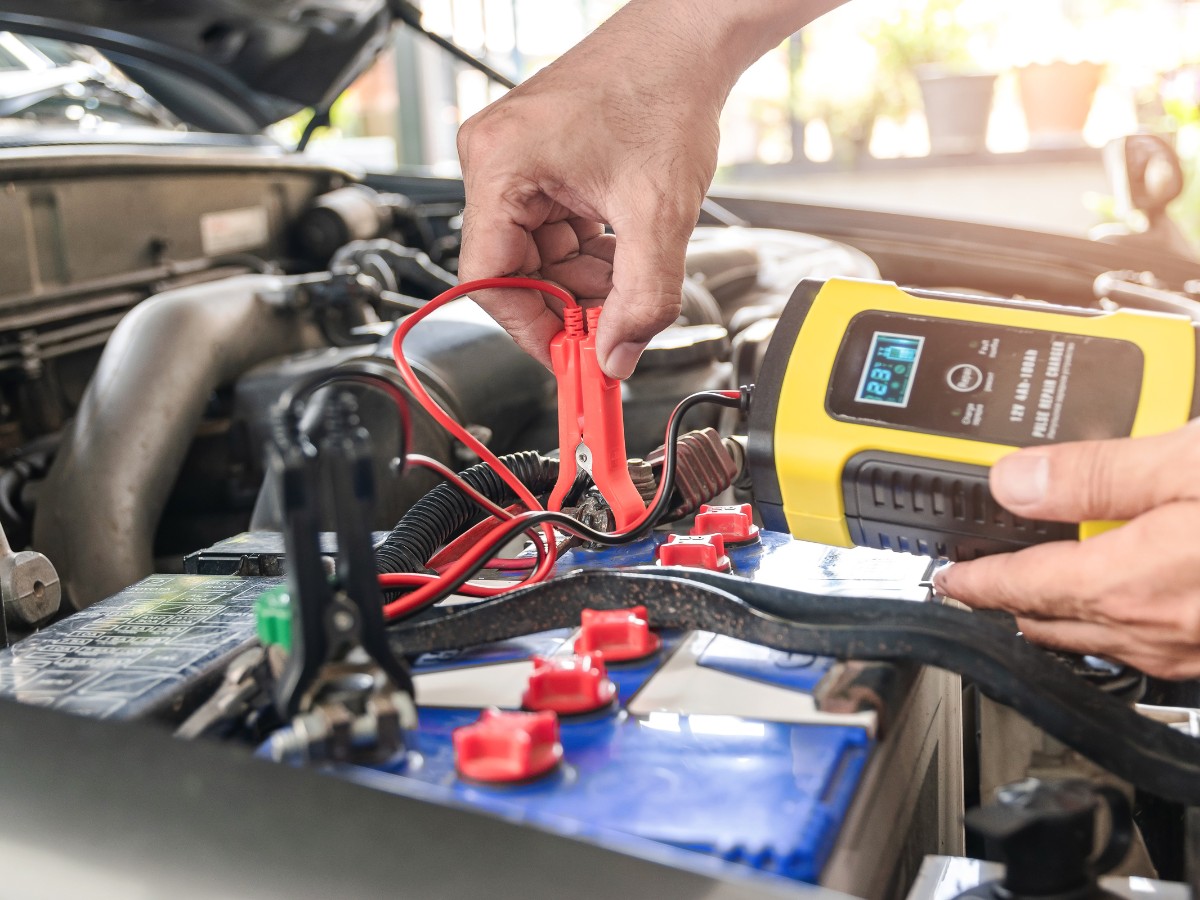
Check the car’s various fluid levels. This includes the engine oil, transmission fluid, brake fluid, power steering fluid, and coolant. The fluids should be filled to the correct level, and they should not be dirty or have a burnt smell.
Check the radiator for leaks and ensure the cooling fan operates correctly. The cooling system is essential to prevent the engine from overheating.
While any observant buyer can perform this engine check, having a professional mechanic conduct a more thorough inspection is always advisable. They can detect issues that may not be obvious to the untrained eye.
A test drive isn’t merely an opportunity to see how the car feels on the road; it’s also a crucial part of the inspection process. Here’s what to look out for:

Start the engine when it’s cold, as issues such as hard starts and rough idling are more likely to occur now. Listen for unusual noises such as knocks, rattles, or anything that sounds out of the ordinary.
During the drive, test the brakes in a safe location. They should feel responsive and smooth, without any grinding or squeaking sounds. The car should not pull to one side when braking.
The car should respond well to your steering inputs, and there should be no excessive vibration or play in the steering wheel. Pay attention to how the car handles corners.
For automatic transmissions, shifts should be smooth and almost unnoticeable. Each gear should engage smoothly for manual transmissions, and the clutch should not slip.
This is a more subjective area but still important. Assess the overall comfort of the ride, the noise level in the cabin, and how well the car handles bumps and rough road surfaces.
Remember, a test drive isn’t just about the feel; it’s about listening to and observing the car in action.
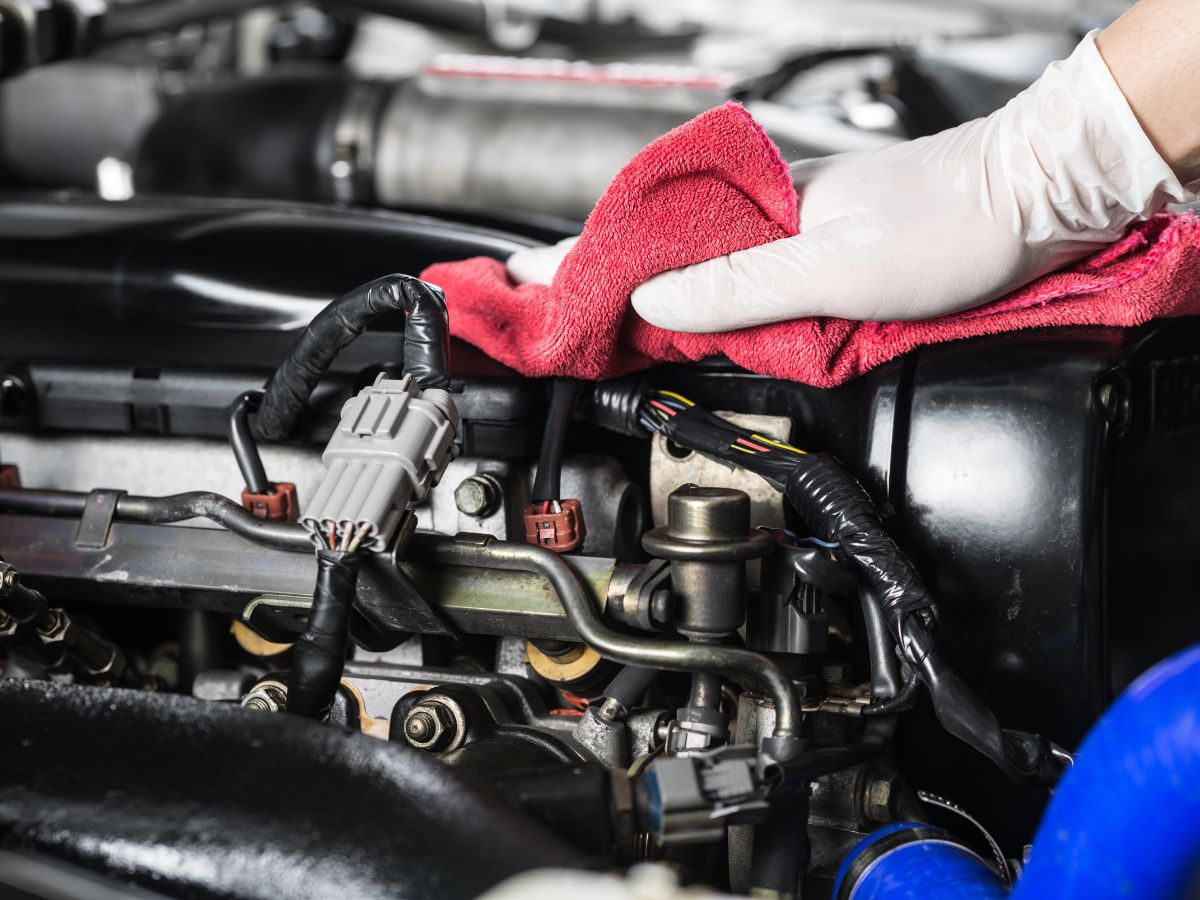
Even if a used car looks good and performs well during your inspection and test drive, having a professional mechanic inspect it before finalizing the purchase is highly recommended. Here’s why:
Professional mechanics have the training and experience to spot potential issues that an average buyer might miss. They can inspect the engine, transmission, brakes, and other critical components in detail, ensuring they are in good condition and providing a reliable assessment of the car’s mechanical health.
Mechanics have specialized tools that allow them to perform a more thorough inspection. For instance, they can put the car on a lift to better inspect the underbody and use diagnostic tools to uncover potential hidden problems.
If a mechanic does identify any issues, they can give you an accurate estimate of what it would cost to fix them. This can be valuable in negotiating the price with the seller or deciding if the purchase is worthwhile.
Most importantly, a professional inspection can give you peace of mind. You’ll be reassured that you’ve done everything possible to ensure you’re buying a reliable car and not about to inherit someone else’s problems.

Buying a used car can be an exciting yet intimidating process, especially given the potential pitfalls. But with a comprehensive inspection checklist in hand, you’re better equipped to make a confident and informed decision.
Remember to start with a thorough pre-inspection, taking note of the vehicle’s history and preparing your questions for the seller. As you move to the physical inspection, carefully examine both the exterior and interior, followed by a detailed engine check.
A test drive will further allow you to experience the car’s performance firsthand.
However, don’t overlook the importance of a professional inspection. Despite its cost, it provides invaluable insights into the car’s condition and potential future repair costs, contributing to peace of mind.
How useful was this post?
Click on a trophy to rate it!
Average rating 5 / 5. Vote count: 1
No votes so far! Be the first to rate this post.
We are sorry that this post was not useful for you!
Help us improve it for you and others.
Tell us how we can improve this post? Any and all details appreciated.